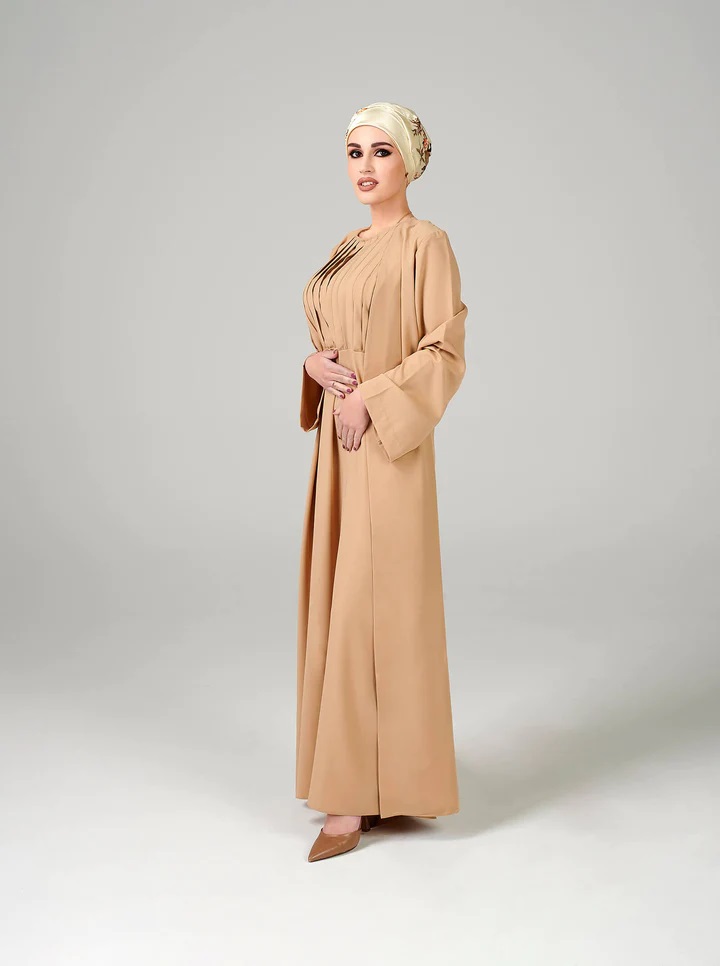The abayas is a traditional garment worn by Muslim women as a form of modesty and religious dress. Originally from the Arabian Peninsula, the abaya has spread to other parts of the Muslim world and has become a symbol of Islamic culture.
What is an Abaya?
An abaya dress is a long, loose-fitting garment that covers the body from head to toe. It is typically made of lightweight fabric, such as cotton or polyester, and is worn over clothing. The abaya is often black, but it can also be found in a variety of colors and styles. Some abayas have intricate embroidery or beadwork, while others are plain and simple.
The Importance of Modesty in Islam
Modesty is an important value in Islam, and Muslim women are encouraged to dress modestly in order to show respect for their faith and for themselves. The abaya is one way in which Muslim women express their modesty and religious devotion.
In Islam, the concept of modesty extends beyond just dress. It also includes behavior and manners. Modesty is seen as a way to promote humility and to prevent behaviors that may lead to temptation or sin. By dressing modestly, Muslim women can avoid drawing unwanted attention to themselves and can focus on their inner spiritual growth.
The Role of the Abaya in Muslim Culture
In many Muslim-majority countries, the abaya is an integral part of everyday life. It is common to see women wearing abayas in public, whether they are shopping, running errands, or going to work. The abaya is also often worn at religious events, such as prayers at the mosque or during the month of Ramadan.
In addition to serving as a form of modesty and religious dress, the abaya also has cultural and social significance. In some Muslim societies, the abaya is a symbol of respectability and status. It is also a way for women to demonstrate their devotion to their faith and to their community.
The History of the Abaya
The abayas has a long and varied history. It is believed to have originated in the Arabian Peninsula, where it was worn by both men and women as a practical garment to protect against the harsh desert climate. Over time, the abaya came to be associated with Islamic culture and was worn primarily by women as a symbol of modesty and religious devotion.
Today, the abaya is worn by Muslim women all over the world, from the Middle East to Southeast Asia to Europe and the United Kingdom. It has become a recognizable symbol of Islamic culture and a powerful expression of faith and identity.
The Evolution of the Abaya
While the traditional abaya is a simple, unadorned garment, in recent years there has been a trend towards more fashionable and modern designs. Many abaya designers have started to experiment with different fabrics, colors, and styles, creating a wide range of options for Muslim women who want to express their faith and personal style.
In addition to traditional black abayas, there are now abayas available in a variety of colors, patterns, and materials. Some designers have incorporated embroidery, beadwork, and other embellishments into their designs, while others have focused on creating sleek, minimalist styles.
The Future of the Abaya
As the demand for fashionable and stylish abayas birmingham continues to grow, it is likely that we will see even more diversity in the designs and styles available. The abayas is a symbol of Islamic culture and a powerful expression of faith and identity, and it will continue to be an important part of Muslim life for generations to come.

